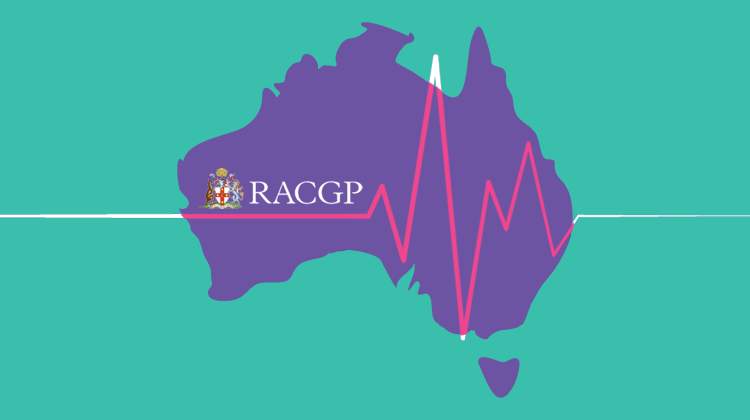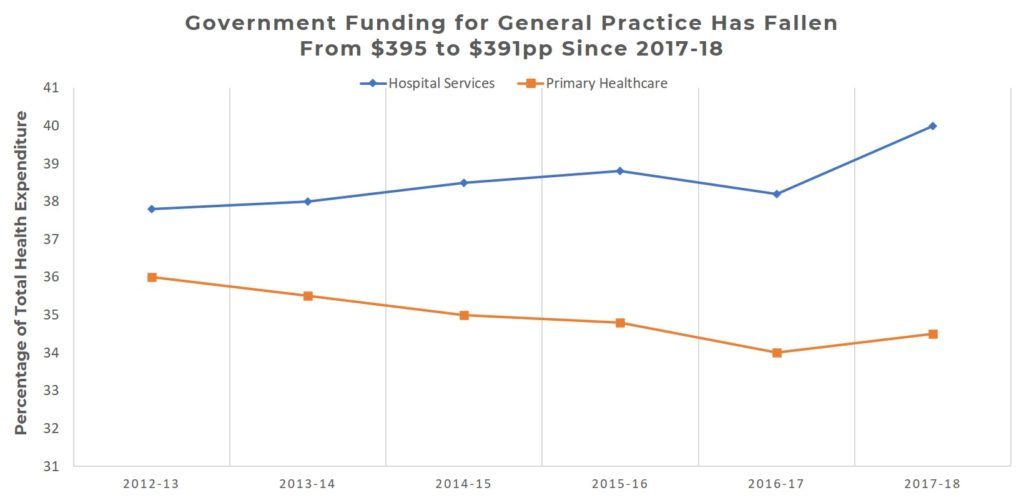Contributed by guest author, Tracey Johnson.
It’s been a little over a year since Australia fast tracked its ePrescribing rollout.
Paper referrals, paper scripts, sending faxes between providers…these are all so yesterday! The Australian Digital Health Agency (ADHA), in collaboration with many stakeholders, spent the last few years designing new, paperless and portable solutions which will make medicine use safer and more transparent.
A core component of this effort was the ePrescribing rollout. For once, Covid-19 was our friend, accelerating plans for launch to accompany the introduction of telehealth. Each state Health Department legislated ePrescriptions and the e-tokens behind them as a recognised form of accessing medication in June and July of 2020. Inala Primary Care saw our first patient use an e-script on the 5th of August, just a few days after ePrescriptions were legal in Queensland. So twelve months on, what are our reflections on the ePrescribing rollout?
ePrescriptions were one of the simpler workflow changes our doctors made in the last 12 months. Best Practice Software consulted with our team on the early design of the interface. The click through options are intuitive and easy to navigate. Since we launched ePrescriptions we have had four new doctors join our team. Each has simply received an introduction to ePrescriptions within their orientation to Bp Premier, so no additional induction was required.
Twelve months ago the scenario was very different. We circulated the fact sheets produced by the ADHA and gave our doctors a patient visit as admin time to read the information. This occurred in advance of two lunchtime sessions we ran outlining the ePrescription process. We used videos produced by the ADHA and Best Practice Software to show doctors where ePrescriptions fit within the digital health agenda, and how Bp Premier had been adapted for the ePrescribing rollout.
In preparation, we spent some weeks liaising with pharmacies nearby. We were very disappointed by their awareness of ePrescriptions. The region had been identified as a Community of Interest by the ADHA and additional resources invested in pharmacy readiness in the months prior to launch. Two of the independent pharmacies were ready and worked with us to test the system. More than half the pharmacies frequented by our patients took more than two months to get organised. Within four months all were finally on board!
There were just a couple of issues our end. Our NASH certificate was coming to an end and had to be updated just as we were about to launch. We also found the lack of a patient information campaign by the government meant our doctors had to take time to explain the system to each of their patients. Once information was provided, patients were usually happy to embrace ePrescriptions, even those on S-8 Medications.
Moving patients from paper scripts to an Active Script List (ASL) is a bigger exercise. ASL consolidates multiple medications into one list removing the need for multiple tokens associated with the issuing of each script. It will benefit doctors as they can see what a patient has had dispensed and when. The patient needs to engage their pharmacist to set up ASL. Once in place, patients can give consent to any pharmacist to access their ASL to dispense medications.
We still have a large group of older patients who prefer either a printed QR code or a traditional printed script to take to their pharmacy. They have not used ePrescriptions to engage with e-delivery when lockdowns occur, even with several local pharmacies offering a home delivery service. Some lack smart phones and confidence in using them. To address that, we ran a morning tea for a group of our patients aged 65 years and over, and showed them how the system worked. It helped to boost some confidence. Others were happy for the outing but have still asked for scripts to be left with reception for collection – even during lockdowns! Change takes time.
For family members managing the medications of parents, children and loved ones, ePrescriptions have been popular. It saves holding many pieces of paper and makes dispensing anywhere so much easier. E-reminders when the next script is due have also been praised. ePrescriptions will hopefully encourage more patients to build a relationship with a pharmacy. This should mean better access to education, active monitoring of what they are taking and education about drug interactions.
We have noticed interest in ePrescriptions wax and wane in line with Covid-19 outbreaks. Over time and with more government and pharmacy education about the benefits, we believe ePrescriptions will be widely embraced. This will vastly improve the accuracy of dispensing, GP knowledge of medications in use and how compliant patients are with taking medications. Less time stocking rooms with script paper will be a very welcome outcome of the new world! We believe medication safety is everyone’s business. ePrescriptions add to our toolkit, and in Covid-19 times have been a boon in terms of keeping our team safe and streamlining workflows.
Best Practice Software’s Training team have developed a comprehensive list of resources which were made available during the ePrescribing rollout, which you can explore here.
Authored by:
Tracey Johnson
CEO at Inala Primary Care
Tracey Johnson is CEO of Inala Primary Care, a large general practice serving Queensland’s poorest suburb located in Brisbane’s west. The practice has a history of digital innovation uploading the first record to the My Health Record system and more recently co-founding Cubiko, a practice dashboard solution which delivers insights to practice teams each day.
Explore our range of news and training resources:
Bp Learning Video Library | Bp Learning Training Options | Bp Newsroom Blog
Subscribe to Our Newsletters | Bp Learning Webinars







